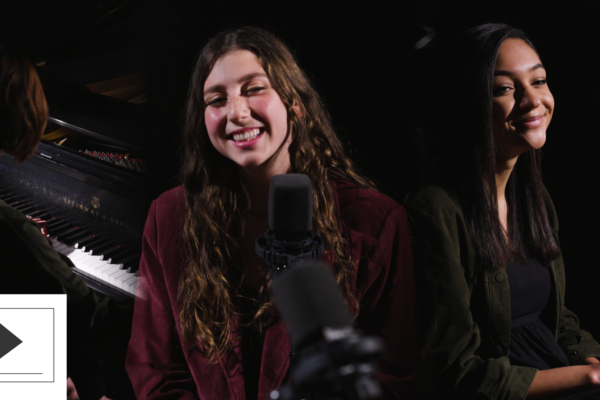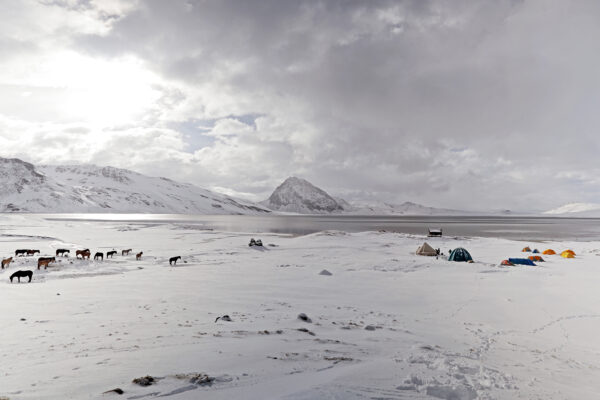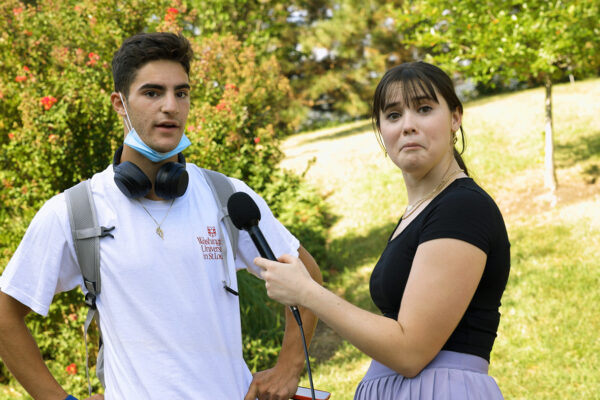From the South 40 underpass to the highlands of Peru, Washington University’s top videos take viewers across the globe to showcase amazing students and groundbreaking research. Here, the Source shares the seven most-viewed videos of 2021.
Junior Amanda Sherman visited the South 40 on the first day of school to ask Washington University in St. Louis’ newest students what they’ve learned about life at WashU.
The charge was ambitious. Conditions were complicated. The results have been transformative. How Washington University’s Lewis Collaborative is reinventing a century-old University City landmark.
Climate scientist Bronwen Konecky travels to one of the largest high-altitude lakes in the world to unlock a climate mystery. Working with archaeologist Sarah Baitzel, she is looking for clues at the bottom of Lake Sibinacocha in Peru. Pre-Hispanic Andean cultures used this highlands area through the Inca and early colonial periods to about 500 years ago — despite dramatic fluctuations in local climate and lake levels.
Washington University in St. Louis student vocalists Zoe Levin and Izzy Williams, join pianist Kara Mehrmann, a teacher of applied music, for an exclusive performance of the holiday classic “Let It Snow.”
Jeffrey Zacks, associate chair and professor of psychological and brain sciences in Arts & Sciences, and professor of radiology at the School of Medicine, explains why we have such a difficult time with exponential growth and how to make its presentation easier to understand.
Paul Tran, a former senior poetry fellow in the Writing Program in Arts & Sciences, reads “Copernicus” in the university’s 560 Music Center. Originally published in The New Yorker, the poem will be featured in Tran’s debut collection, “All the Flowers Kneeling,” forthcoming from Penguin Books as part of the Penguin Poets Series. Tran is currently a Wallace Stegner Fellow in Poetry at Stanford University and teaches at WashU’s Summer Writers Institute.
Understanding how climate change will affect the natural world requires us to be able to identify locations where plants and animals can persist despite rising temperatures. Researchers are looking at whether Ozark oases at Tyson Research Center, the university’s environmental field station, can provide safe refuge.


